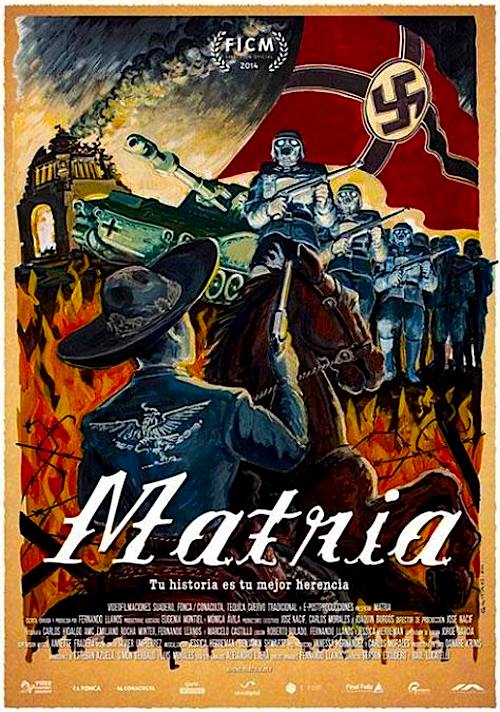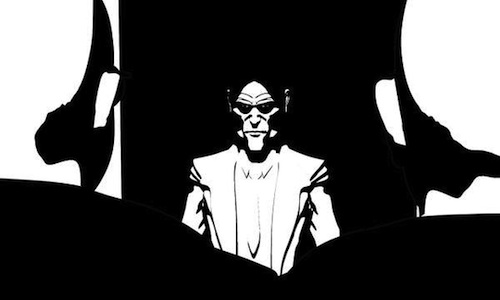By Joe Bendel. They were spryer, but the 100,000 man-strong volunteer defense force of traditional Mexican charro rodeo riders were about as unlikely a fighting force as Dad’s Army. Of course, it was all for show. Oaxaca Congressman and National Charro Association president Antolin Jimenez was the showman behind it. He was also filmmaker Fernando Llanos’s grandfather. Despite his prominence, Llanos’s family never really talked about the old man, so he conducts a personal investigation into his family history in Matria, which screens during the 2015 Margaret Mead Film Festival at the American Museum of Natural History.
 Jimenez was about as colorful as you can get. As a young man, he quickly rose to become one of Pancho Villa’s most trusted lieutenants. However, he could see the writing on the wall and therefore proactively planned his exit strategy. Basically, he sold out for a government position and gold. He did well for himself, eventually representing Oaxaca in congress on three separate occasions. He also became the leader of the charros, even though he was personally all hat and no cattle. However, he was a cold, distant person, so many in his family still have trouble dealing with his legacy. In fact, that is true of both his families.
Jimenez was about as colorful as you can get. As a young man, he quickly rose to become one of Pancho Villa’s most trusted lieutenants. However, he could see the writing on the wall and therefore proactively planned his exit strategy. Basically, he sold out for a government position and gold. He did well for himself, eventually representing Oaxaca in congress on three separate occasions. He also became the leader of the charros, even though he was personally all hat and no cattle. However, he was a cold, distant person, so many in his family still have trouble dealing with his legacy. In fact, that is true of both his families.
Regardless of Llanos’s personal issues (Jimenez died soon after his birth), it is impossible to get bored with his grandfather’s roguishly eventful life. Considering the film really started as his journey of discovery, Llanos mostly takes himself out of the picture, rather conscientiously. Viewers certainly get a sense of what opportunities were available for an ethically flexible adventurer in early Twentieth Century Mexico. Llanos even finds a way to shoehorn in a performance from Lila Downs (a veteran of the Oaxaca music scene), who sounds lovely as ever.
Llanos balances the tension between the angst of his family drama and the Flashman-like appeal of Jimenez’s exploits relatively well. In the process, he gives us a perspective on bourgeoisie Mexico that we rarely get to see. Along with Llanos, we do come to appreciate Jimenez for all his flaws. In fact, it is easy to believe things would be better if he were still representing Oaxaca and cutting political deals. Even though it is just over an hour in length, the pacing is a tad inconsistent (and Llanos is bizarrely preoccupied with Jimenez’s Masonic membership), but the charro leader’s story is still intriguing enough to pull viewers through. Recommended for those fascinated by strange but true history, Matria screens this Sunday (10/25), as part of the AMNH’s Margaret Mead Film Festival.
LFM GRADE: B
Posted on October 23rd, 2015 at 11:32pm.




